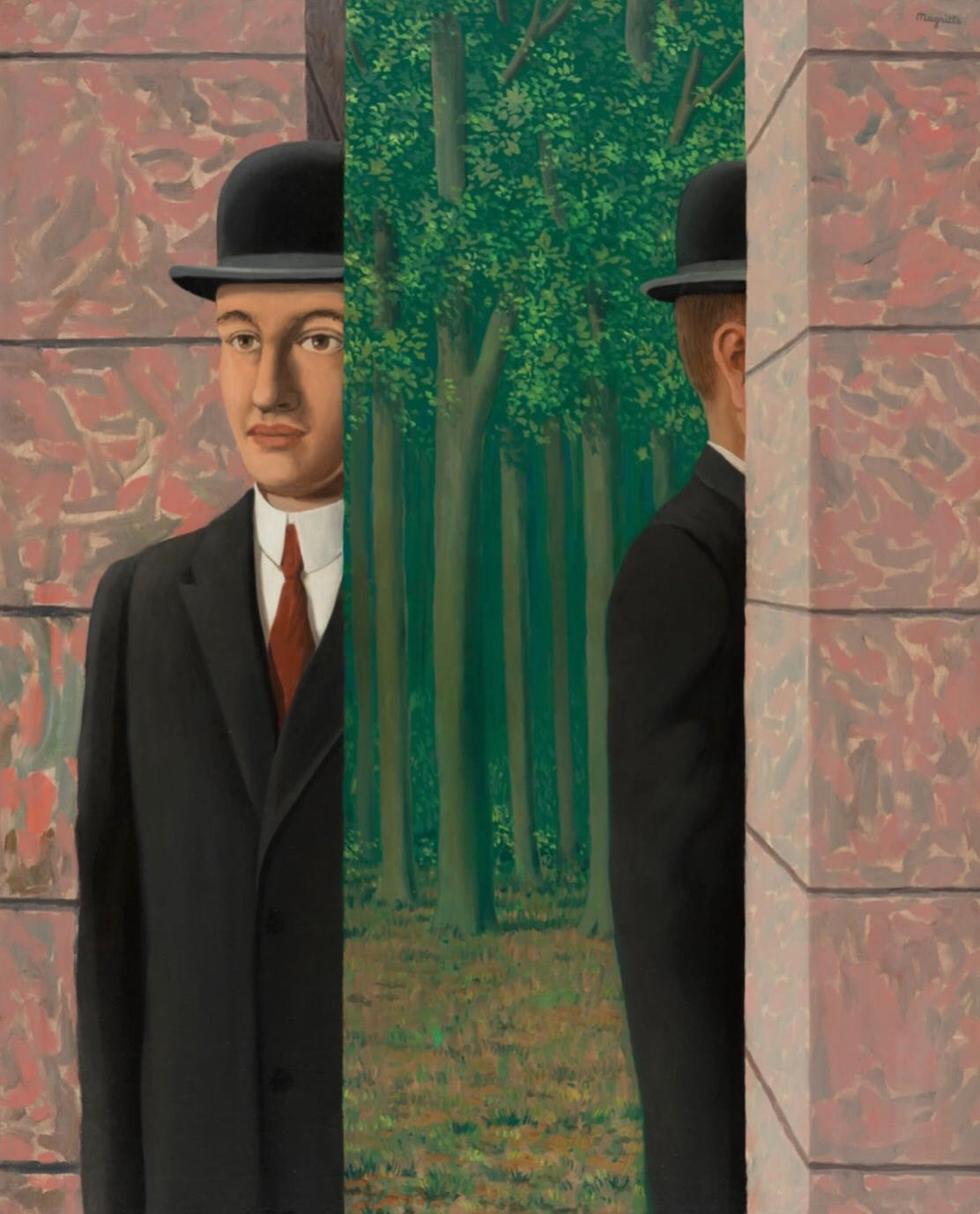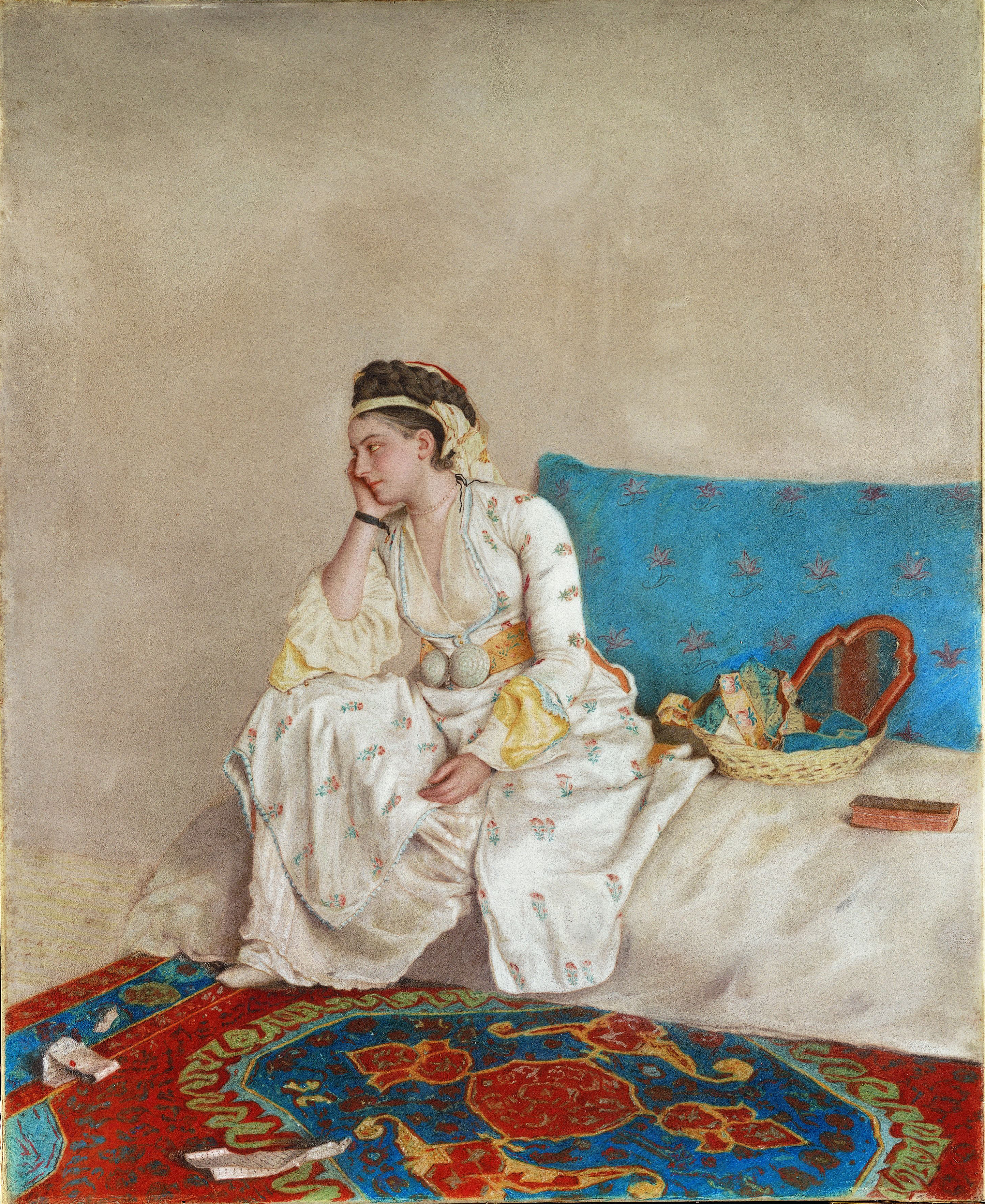Cornelis de Heem (8 April 1631 (baptized) - 17 May 1695 (buried) was a still-life painter associated with both Flemish Baroque and Dutch Golden Age painting.
He was a member of a large family of still-life specialists, of which his father, Jan Davidszoon de Heem (1606–1684), was the most significant.
Cornelis was baptised in Leiden on 8 April 1631, and moved with his family to Antwerp in 1636.
















